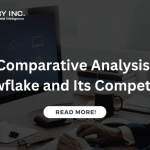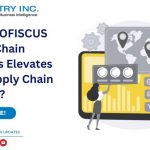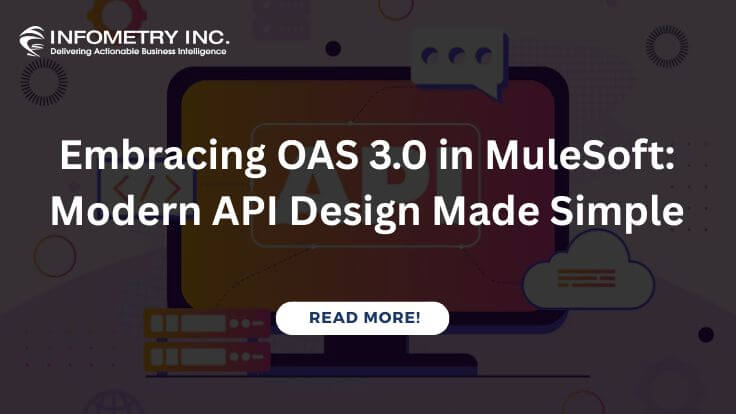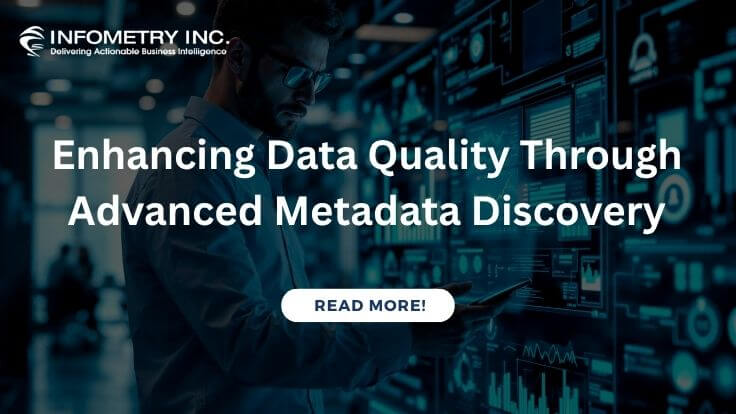
A Comparative Analysis of Snowflake and Its Competitors
February 16, 2024
How INFOFISCUS Supply Chain Analytics Elevates Your Supply Chain Strategy?
February 19, 2024In the dynamic landscape of data management, organizations face the intricate challenge of handling and leveraging vast amounts of information for strategic decision-making. Two prominent acronyms often entwined in discussions are ETL (Extract, Transform, Load) and MDM (Master Data Management). In this blog, we will explore the nuanced differences between ETL and MDM, shedding light on the distinct roles they play, and delve into the specific contributions of Infometry in the realm of data management.
Understanding ETL:
ETL, as the acronym suggests, encompasses three fundamental stages – Extract, Transform, and Load. This process is a linchpin in data integration and warehousing, where the primary goal is to extract data from disparate sources, transform it into a consistent format, and finally load it into a central repository. ETL lays the foundation for unified and structured data, paving the way for robust analytics, reporting, and business intelligence.
Infometry’s Role in ETL:
Infometry, a key player in the data management space, offers innovative solutions that enhance ETL processes. Infometry’s ETL platform provides a comprehensive suite of tools like Informatica PowerCentre, IDMC, Matillion, Fivetran, and Talend that streamline data extraction, transformation, and loading. Infometry’s ETL capabilities include:
Data Extraction: Infometry’s platform facilitates the seamless extraction of data from diverse sources, including databases, applications, and APIs. The platform’s adaptability ensures compatibility with various data formats and structures.
Data Transformation: Infometry excels in data transformation by providing a range of transformation functions. Whether it’s data cleansing, enrichment, or normalization, the platform ensures that the transformed data meets the required standards.
Data Loading: The Infometry ETL platform offers efficient data loading mechanisms, allowing organizations to load cleansed and transformed data into their chosen data warehouses or databases. This ensures that the data is readily available for analysis and reporting.
Understanding MDM:
Master Data Management (MDM) is a holistic approach to managing an organization’s critical data entities, such as customers, products, employees, and suppliers. MDM aims to establish a single, accurate, and consistent point of reference for these key business elements across the entire organization.
Infometry’s Role in MDM:
Infometry extends its expertise to Master Data Management, contributing to the maintenance and governance of critical master data. The platform’s MDM capabilities include:
Data Modeling: Infometry assists organizations in defining and implementing consistent data models for master data entities. This ensures uniformity and coherence across systems.
Data Quality: Infometry’s MDM tools incorporate data quality features, enabling organizations to identify and rectify inaccuracies, duplications, and inconsistencies within master data.
Data Integration: Infometry supports seamless data integration across systems, ensuring that master data remains synchronized and accurate throughout its lifecycle.
Differences Between ETL and MDM:
Scope and Focus:
– ETL focuses on the movement and transformation of data from source to target, ensuring that it is structured and suitable for analysis.
– MDM, on the other hand, concentrates on managing the consistency and quality of key business entities across the organization.
Process vs. Management:
– ETL is a process-oriented approach that deals with the movement and transformation of data during its lifecycle.
– MDM is a management-oriented approach that concentrates on governing and maintaining master data throughout its lifecycle.
Temporal Aspect:
– ETL is concerned with the momentary movement and transformation of data, typically executed in batches or real-time.
– MDM is a continuous and ongoing process, ensuring that master data remains consistent and accurate over time.
Data Type:
– ETL deals with all types of data, including transactional and analytical data, and focuses on ensuring its suitability for analysis.
– MDM specifically addresses master data, representing the foundational business entities critical for an organization’s operations.
Conclusion:
In summary, while ETL and MDM serve distinct purposes, they are integral to effective data management strategies. Infometry is pivotal in this landscape by providing comprehensive ETL and MDM solutions. As organizations navigate the complexities of data management, understanding the unique contributions of ETL, MDM, and the role of innovative platforms like Infometry becomes paramount for success in harnessing the power of data.





